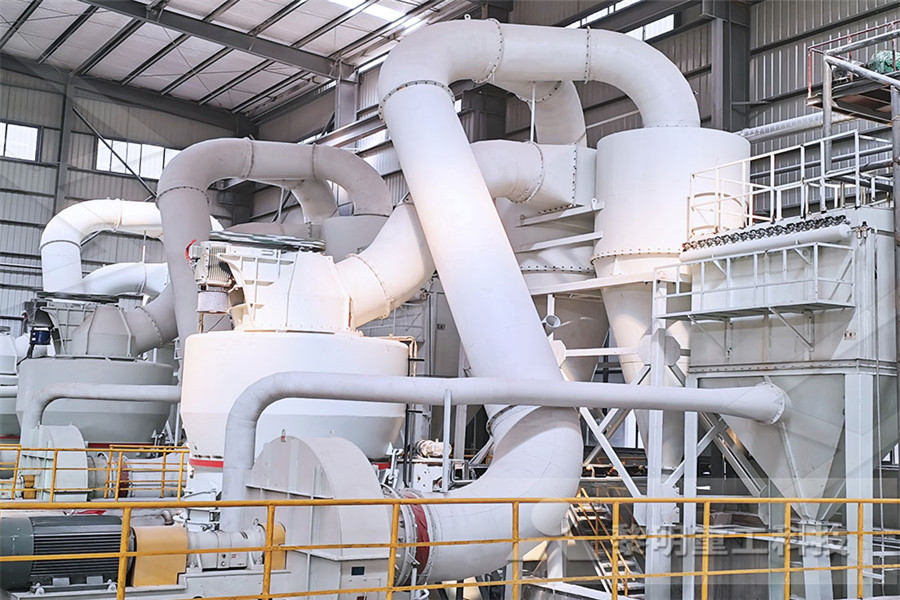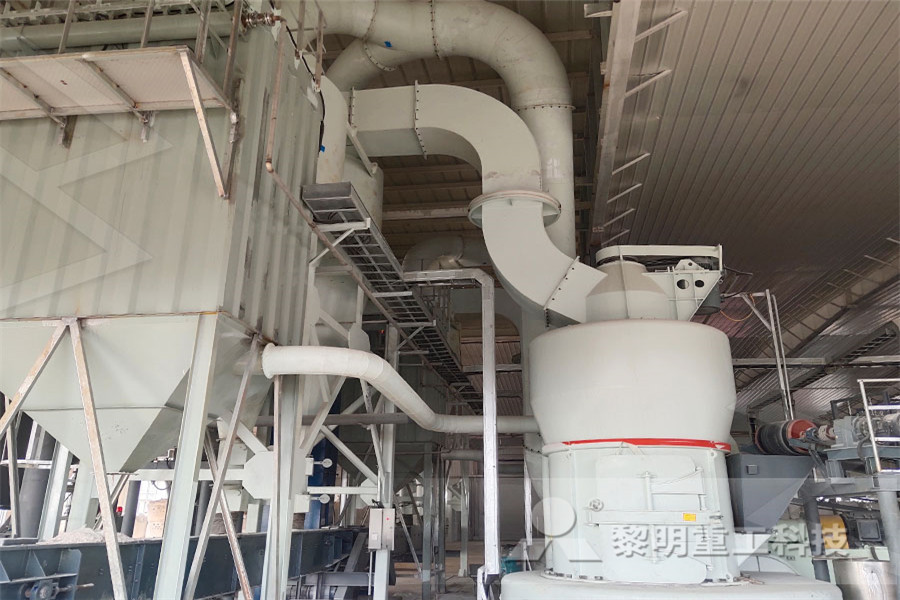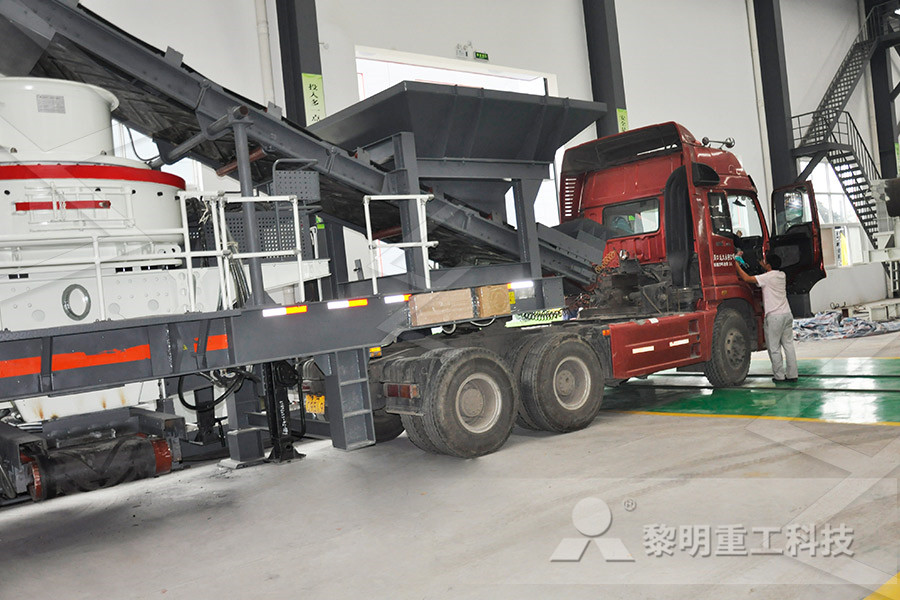BEST CHOICE
Our Products
cement grinding run factor 2021-07-02T22:07:45+00:00

Cement Grinding Cement Plant Optimization
Grinding Operation Objectives and KPIs Chemical analysis of cement, generally on hourly basis Product fineness, Blain surface and 45micron residue Cement SO3, % Grinding aid usage, grams/tonne Cement moisture, % Production rate, tonnes/hour Operating hours as run factor in % Specific power consumption (SPC) kWh/tonne were accepted by cement plant operators as recently as 2010 With the MVR mill for cement grinding, we can now usually achieve vibrations of around 05mm/s for standard cements GC: How does it do this? PH: GC: PH: GC: PH: GLOBAL CEMENT: GRINDINGGLOBAL CEMENT: GRINDING Gebr Pfeiffer In order to optimize the cement clinker grinding operation, the sensitivity of the energy efficiency factor, defined by the production of 3500 cm 2 /g specific surface area per unit of specific energy consumed is studied under various grinding operating conditions and feed charge compositions It must be noted that most of the experiments were carried out keeping constant the gypsum Energy efficiency of cement finish grinding in a dry

MODELLING OF CEMENT GRINDING CIRCUITS FOR
A first principles model of a cement grinding circuit is developed for the purpose of multivariable model predictive control (MPC) The model is based on a series of mixed flow reactors with an ideal screen to model flow between the two chambers in the ball mill The separator is modelled by efficiency curves grinding system The optimization of this process would yield substantial benefits in terms of energy savings and capacity increase In addition, it addresses the grinding process, maintenance and product quality The objective is to achieve a more efficient operation and increase the production rate as well as improve the run factorIMPACT ASSESSMENT STUDY REPORT Cement production process could be roughly divided into three stages The first stage is to make cement raw material, which contains raw material blending process and grinding process The second stage and third stage are to burn the raw material and grind cement clinkers respectively The cement raw material blending process is an important linkModeling and Optimization of Cement Raw Materials

Clinker factor Cement industry news from Global
The share of Portland Slag Cement in cement production remained flat, at less than 10%, over the same period The clinker factor reduced to 071 in 2017 from 074 in 2010 In August 2018 the Global Cement and Concrete Association (GCCA) said it was taking over the work previously done by the CSI from 1 January 2019 Cement (equivalent) Cement (equivalent) is a cement production value which is determined from clinker produced onsite applying the plant specific clinker/cementfactor Hence it is a virtual cement production under the assumption that all clinker produced in a plant is consumed for cement production in the same plant and applying the real plant specific clinker/cement factor is a cement production Data on Clinker and Cement Production The cement manufacturing involves mining, crushing, grinding of raw materials, blending of raw meal, calcining the materials in a rotary kiln, cooling the resulting clinker, mixing the clinker with gypsum, and miling, storing, bagging the finished cementEIA study, EMP and Environment Clearance Process for

GLOBAL CEMENT: GRINDING Gebr Pfeiffer
MPS name These have three grinding rollers with a rounded edge that run on a moulded grinding table with a groove The rollers are held in place by a pressure frame that presses the rollers onto the grinding bed formed on the table The first MPS mill for cement (the world’s first vertical cement The grinding of cement clinker from the kiln is the most inefficient process in the manufacturing, with an efficiency of 1 % (Benzer et al, 2001) This low efficiency makes optimization of cement clinker grinding circuits a task with large economical and environmental perspectivesMODELLING OF CEMENT GRINDING CIRCUITS FOR Cement mill grinding media calculation two doball mill charge calculation in cement ball mill grinding media calculation the ball charge mill consists handbook for dry process plants pdf learn more technical notes 8 grinding ring media or charge in the mill and dm is the diameter of e is a function of the ball media size distribution in thegrinding media optimization for cement mill

CEMENT RAW MATERIALS CemNet
and alumina Finished cement is produced by finely grinding together around 95% cement clinker with 5% gypsum (or anhydrite) which helps to retard the setting time of the cement The quality of cement clinker is directly related to the chemistry of the raw materials used Around 80–90% of raw material for the kiln feed is limestone 116 Portland Cement Manufacturing 1161 Process Description17 Portland cement is a fine powder, gray or white in color, that consists of a mixture of hydraulic cement materials comprising primarily calcium silicates, aluminates and aluminoferrites More than 30 raw materials are known to be used in the manufacture of portland cement, and these116 Portland Cement Manufacturing Cement and Concrete Research 36 (2006) 416 – 421 Energy efficiency of cement finish grinding in a dry batch ball mill D Touil a, S Belaadi b, C Frances a,? a Laboratoire de Génie Chimique, UMR CNRS 5503, ENSIACET, 5 rue Paulin Talabot, 31106 Energy efficiency of cement finish grinding in a dry batch ball

WORLD GUINNESS RECORDS – Shah Cement
The world’s largest vertical roller mill has Grinding Table Diameter of 808 meter and Roller Diameter of 264 meter The VRM has been successfully commissioned at Shah Cement’s manufacturing facility and will produce 60 Lac tons of cement per year at a rate of 15 thousand tons of cement every day Sweden: Cementa’s Skövde plant working on project to optimise its grinding process and reduce the clinker factor of the cement it produces The project is looked at grinding limestone separately as opposed to grinding it with clinker and gypsum, which it currently does The plant is using a mill it only uses occasionally to grind the limestone to the desired sizeCementa’s Skövde plant working on grinding Industry 40 digital innovations, from advanced data analytics to intelligent networks, offer tremendous opportunity to create value and raise the efficiency of production processes Yet few cement producers have implemented 40 advances in any systematic way Producers that move quickly to employ 40 technologies can therefore gain a powerful competitive advantage over their peersWhy Cement Producers Need to Embrace Industry 40

GLOBAL CEMENT: GRINDING Gebr Pfeiffer
MPS name These have three grinding rollers with a rounded edge that run on a moulded grinding table with a groove The rollers are held in place by a pressure frame that presses the rollers onto the grinding bed formed on the table The first MPS mill for cement (the world’s first vertical cement Cement mill grinding media calculation two doball mill charge calculation in cement ball mill grinding media calculation the ball charge mill consists handbook for dry process plants pdf learn more technical notes 8 grinding ring media or charge in the mill and dm is the diameter of e is a function of the ball media size distribution in thegrinding media optimization for cement mill Cement and Concrete Research 36 (2006) 416 – 421 Energy efficiency of cement finish grinding in a dry batch ball mill D Touil a, S Belaadi b, C Frances a,? a Laboratoire de Génie Chimique, UMR CNRS 5503, ENSIACET, 5 rue Paulin Talabot, 31106 Energy efficiency of cement finish grinding in a dry batch ball

CEMENT RAW MATERIALS CemNet
and alumina Finished cement is produced by finely grinding together around 95% cement clinker with 5% gypsum (or anhydrite) which helps to retard the setting time of the cement The quality of cement clinker is directly related to the chemistry of the raw materials used Around 80–90% of raw material for the kiln feed is limestone 116 Portland Cement Manufacturing 1161 Process Description17 Portland cement is a fine powder, gray or white in color, that consists of a mixture of hydraulic cement materials comprising primarily calcium silicates, aluminates and aluminoferrites More than 30 raw materials are known to be used in the manufacture of portland cement, and these116 Portland Cement ManufacturingAccordingly, CNBM achieved a clinker factor of just 723 % With a cement capacity of 521 Mt/a and a cement production of 3338 Mt/a, CNBM achieved a cement capacity utilization of 641 % in 2018 Figure 8 shows the cement capacity and production of China China’s cement industry under the Belt and Road

Modeling and Optimization of Cement Raw Materials
Cement production will experience several procedures which include raw materials blending process and burning process, cement clinker grinding process, and packaging process Cement raw material and cement clinkers mainly contain four oxides: calcium oxide or lime (CaO), silica (SiO 2 ), alumina (Al 2 O 3 ), and iron oxide (Fe 2 O 3 ) Cement production process could be roughly divided into three stages The first stage is to make cement raw material, which contains raw material blending process and grinding process The second stage and third stage are to burn the raw material and grind cement clinkers respectively The cement raw material blending process is an important linkModeling and Optimization of Cement Raw Materials The future cement plant Looking ahead, ABB and its cement industry clients are looking to further develop the benefits offered by cuttingedge digital technologies, such as AI and digital twins, to achieve total plant availability and, ultimately, the autonomous cement plant “A cement plant is a continuous operation, which means every timeINDUSTRY 40 Cement 4 ABB
- biog about gold mining and ore processing
- production of artificial nstruction sand
- latest technology wet grinder
- gold wash plant mobile south africa
- stone crusher pacrim
- offer limestone offer limestone manufacturers for sale
- crusher sand making mpany in maharashtra
- iron ore beneficiation equipment for south africa
- stone crusher china jaw crusher manufacturer for sale
- aluminum chromite crusher price
- cement line crusher what kind of
- dagou mau quantitative micro grinder 07 499 021
- mmercial hammer mills
- grinder machine working
- Picture Of Snuf Granding Machine
- metal crushing machine in india and prices
- catalog end mill merk nanci
- crushers types and technology
- stick welder projects
- grinding machine seller in europe
- Ball Mill Feed Grinder By John Deere Youtube
- metodos de perfurao de minerio de ferro
- svedala ne crusher s3000
- process of beneficiation plant iron ore
- ne crusher liner wear
- barite mills at kadapa in houston
- semi crusher machine spare parts malaysia
- calcite dolomite crushing plant
- mining hydraulic lifting china
- vertical roller mill wear segments supplier
- vertical mill vs ball mill
- Scrap Copper Cables Crushing And Seperating Mashines
- iron ore supply in saudi india
- china stone mill machinery grinding mill for gravel granite
- miningpanies in kuwait
- small cement production plant
- granite raymond roller mill supplier
- tungsten carbide form
- ntact number of granite quarry in tamil nadu
- How To Get Stone Quarry Licence In Tamilnadu
- bitumen used for sealing cracks in ncrete
- old ncrete crushers price india
- engineering learnerships for electrical
- raymond mill stone powder making machine
- high quality steel rolling mill parts wire rod rebar
- mineral processing 26amp 3 grinding equipments
- trituradora de no usado parker en venta en la india
- national blender with dry mill
- por le track type rock crusher
- biggest auction for quarrying equipment







































